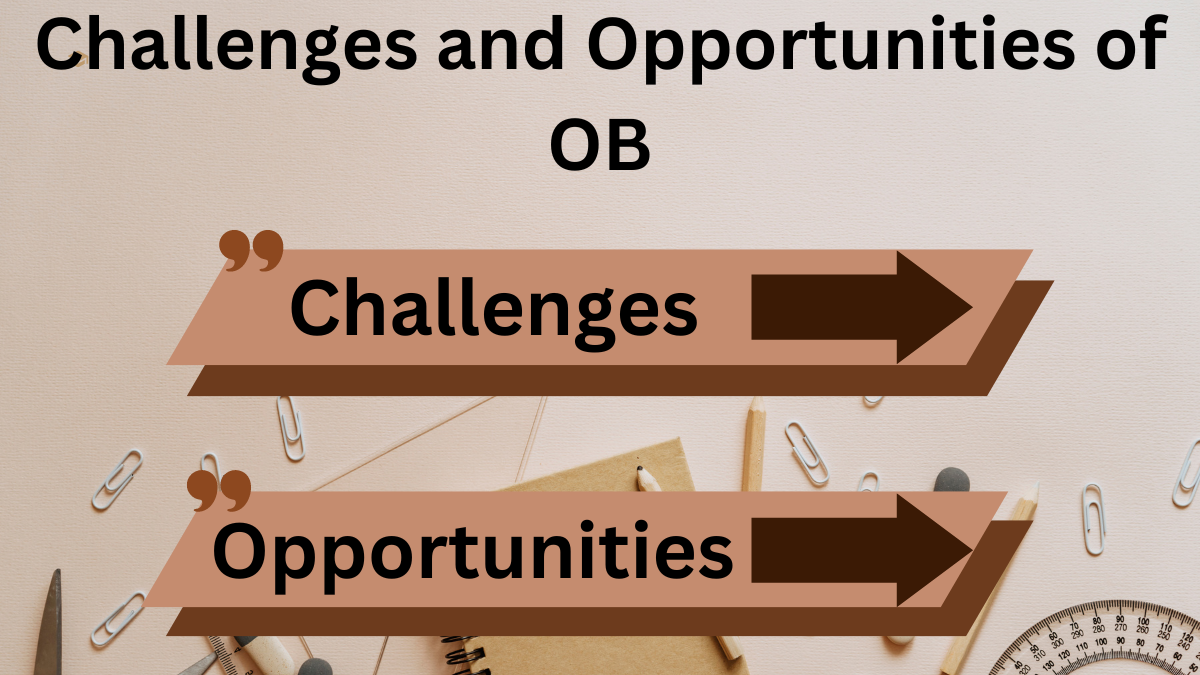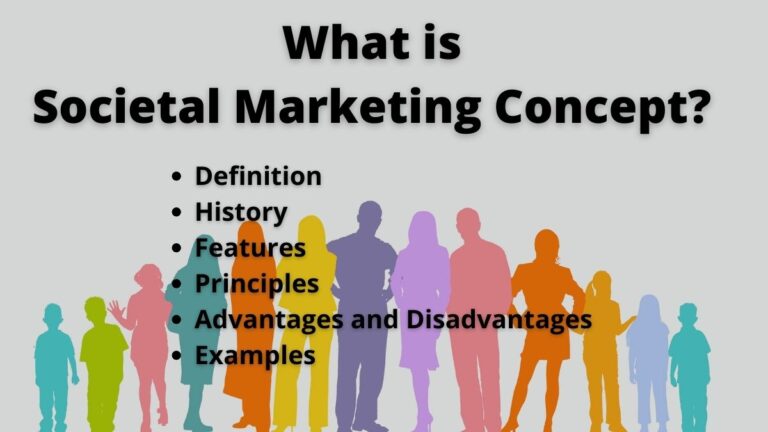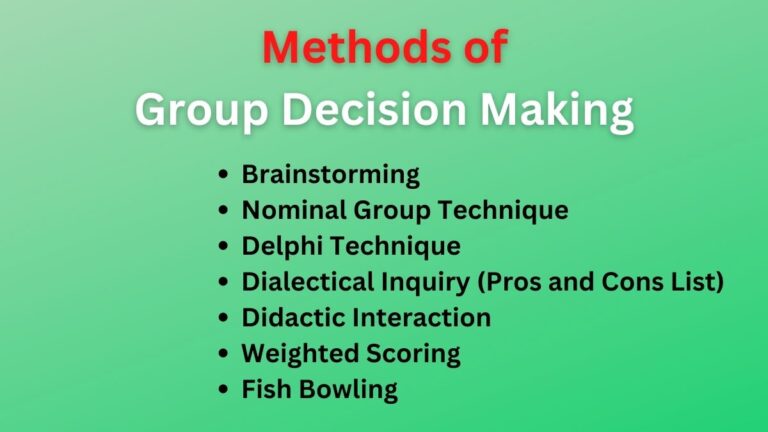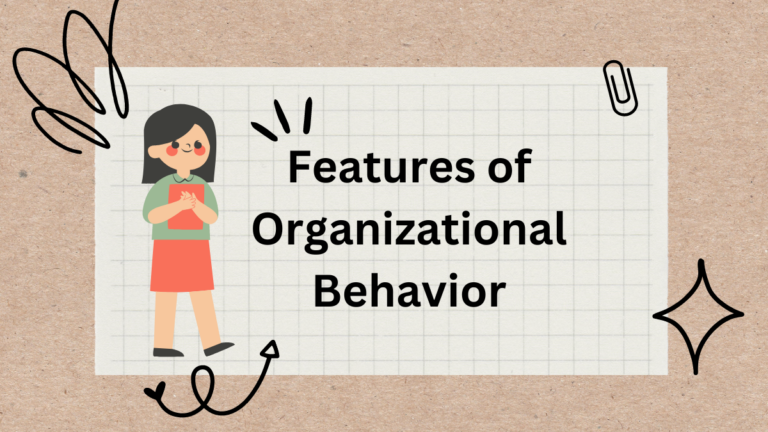Challenges and Opportunities of Organizational Behavior
Challenges and Opportunities of Organizational Behavior
Organizational behavior can be understood as the study of people’s behavior in the organizational environment. Organizational behavior aims to explore and explain why people behave the way they do in the workplace and how these behaviors impact the overall effectiveness and success of the organization.
In today’s workplaces, managers are dealing with various behavioral problems and difficulties. Dealing with challenges such as meeting changing employee expectations, addressing declining loyalty, and managing a diverse workforce. Successfully navigating these issues requires adaptability, effective communication, and creating an inclusive workplace culture.
There are several challenges and opportunities of organizational behavior. Some of them are;
Globalization

Globalization refers to the integration of economies, societies, and cultures on a global scale. It is caused due to advancements in technology, communication, transportation, and trade, enabling the flow of goods, services, capital, information, and ideas across national boundaries.
The challenges caused by globalization are organizations face intensified competition globally making it harder to stand out and maintain market share. Globalization exposes organizations to economic fluctuations in different countries and it also makes it difficult in managing diverse cultural contexts, supply chains across multiple countries, international norms, values, and cultures, regulatory framework, advancement of technology, etc.
Globalization allows organizations to access large no. of customers worldwide. It provides opportunities for organizations to expand into new markets, have diverse talent, collaborate with international partners, and benefit from economies of scale.
Workforce Diversity
The term diversity refers to the differences among people. It includes employees having different characteristics, such as gender, race, age, ethnicity, religion, culture, and abilities, working together in a supportive and inclusive environment.
While managing the workforce conflicts may arise due to differences in cultural backgrounds, perspectives, and communication styles. Diverse perspectives can lead to conflicts or disagreements within teams. Organizations must ensure that diverse employees feel valued, included, and have equal opportunities for growth.
Workforce diversity also provides opportunities like innovation and creative problem-solving, leading to fresh ideas and competitive advantages. If it is not managed properly it can result in increased interpersonal conflict and ineffective communication.
Also Read: Levels of Organizational Behavior
Improving People Skills
Improving people skills refers to enhancing the abilities and qualities that enable individuals to interact effectively with others.
As competition has grown and people have become more aware of the importance of quality, there is a greater need for individuals to possess advanced skills and knowledge. For this providing training and re-educating the less skilled employees may become a challenge for the manager.
A skilled employee who is fully trained, developed, and motivated can be a useful asset to the organization. Improving people skills requires practice, self-reflection, and a genuine desire to connect with others.
Quality and Productivity
Quality and productivity influence the success of businesses and organizations across various industries as they are interconnected and impact each other.
Maintaining the quality of the product and meeting the expectations of the consumer might be a significant challenge for the manager. Due to globalization, Customers have high standards and demand products or services that are defect-free, reliable, and of superior quality.
But increasing quality and productivity helps to acquire more customers even with fewer resources, leading to increased efficiency and cost savings. It also helps in building a strong brand reputation and leads to innovation and product development.
Empowerment of Employees
Employee empowerment is the process of providing employees with the authority, autonomy, resources, and support necessary to make the right decisions at the right time.
Managers are putting employees in charge of what they do as a result they have to learn how to take responsibility for their work and make appropriate decisions. Empowering employees often involves delegating decision-making authority and granting autonomy. But employees lacking the necessary skills, knowledge, or experience may fear taking on additional responsibilities or uncertainties about their new roles.
Empowered employees have the freedom to generate ideas, experiment, and take calculated risks. When employees have a sense of empowerment, they feel valued, trusted, and motivated to contribute to the organization’s success.
Managing Organizational Change
The organizational environment is dynamic. So managers must be prepared to introduce organizational change.
In today’s organization change is necessary to have progress. Many employees are still resistant to change, they are more concerned about job security, new roles, and responsibilities, or a shift in the organizational culture. Applying many different programs like the reorganization of departments, disposal of poor-performing units, downsizing in the structure, and employee outsourcing might be a significant challenge.
Along with challenges change also brings opportunities. The study of OB helps managers to understand the continual change in a better way. They can learn new skills, expand their knowledge, and adapt to changing market demands.
Also Read: Importance of OB
Use of Technology
This is the era of technology. It has highly influenced the field of management and organizational behavior.
The use of technology is gradually increasing and with that challenges like maintaining the privacy of the employees, information overload, high demand for training and learning, etc. Rapid technological advancement also needs organizations to constantly adapt and upgrade their systems, which can be costly and time-consuming.
But if the technology is used properly it can help to increase efficiency and productivity, saves time, enhance customer experiences, and innovation, and there is competitive advantage for organizations.
Technology enables organizations to connect with customers and employees worldwide, enabling remote work and expanding market reach. Embracing technology develops innovation, and provides a competitive edge, empowering organizations to succeed in a globalized and interconnected business area.
Managing Temporary Employees
Due to globalization, competition among organizations is also increasing. For seasonal jobs, occasional jobs, and less important jobs managers hire temporary employees to cut the cost and long-term burden.
Long-term benefits like provident fund, pension, paid leave, bonus, etc are not available for temporary employees so they might show low motivation and job satisfaction. Providing training and fitting them into the organization’s culture might be a challenge for managers.
Hiring temporary employees can be more cost-effective. So managers need to keep them motivated by providing rewards. As temporary employees can bring external expertise and knowledge from different industries or companies, which can benefit the organization and its permanent staff.
Improving Ethical Behavior
Ethical behavior is to behave according to the moral standards set by the society which we live in. It is a belief regarding what is right and wrong or good and bad.
The main challenge for a manager is to maintain the rules and regulations acceptable to the employees. If employees are not positively aligned with the guidelines, it is important for managers to identify the causes and develop rules that benefit both employees’ ethics and the organization’s ethics.
Managers should offer seminars, workshops, and similar training programs to improve the ethical behavior of the employees as it helps to improve an individual’s or organization’s reputation.
Improving Customer Service
Organizational behavior contributes to improving organizational performance by examining the relationship between employees’ attitudes and behavior and customer satisfaction.
Customers today have high expectations so poor customer service may lead to complaints and criticism which may be a challenge for managers. It is also essential to offer both sales and after-sales service.
Excellent customer service leads to increased customer satisfaction and loyalty, enhances a company’s reputation, and positively impacts its brand image. Organizational behavior (OB) can enhance organizational performance by demonstrating the link between employee attitudes and behaviors with customer satisfaction.
Read Next: Features of Organizational Behavior







Very good 👍 sir !